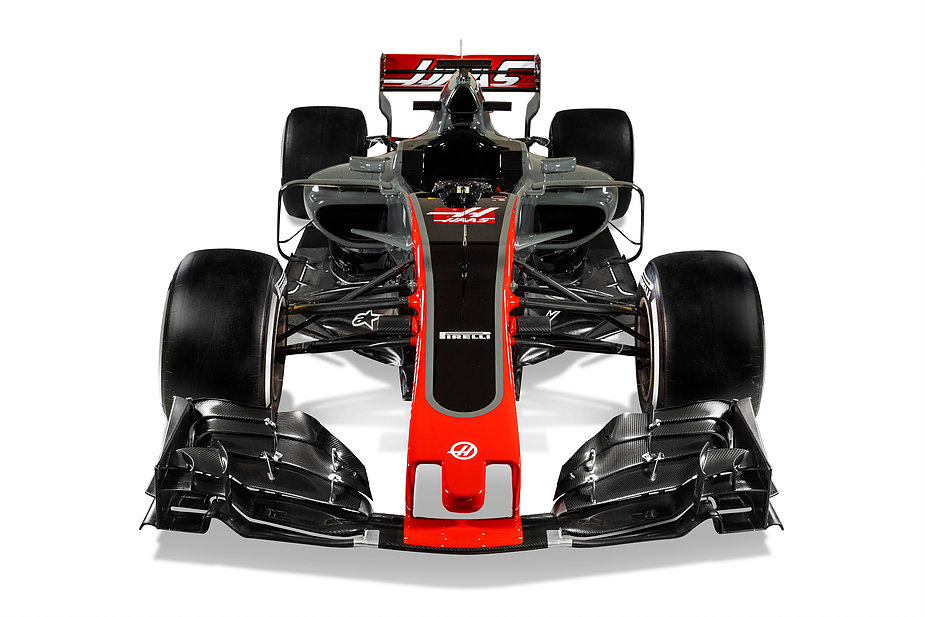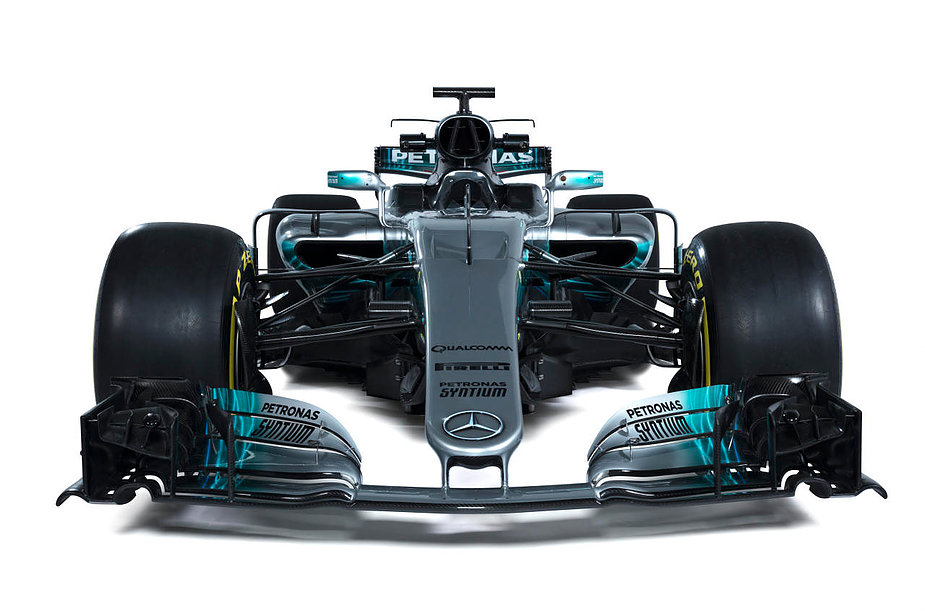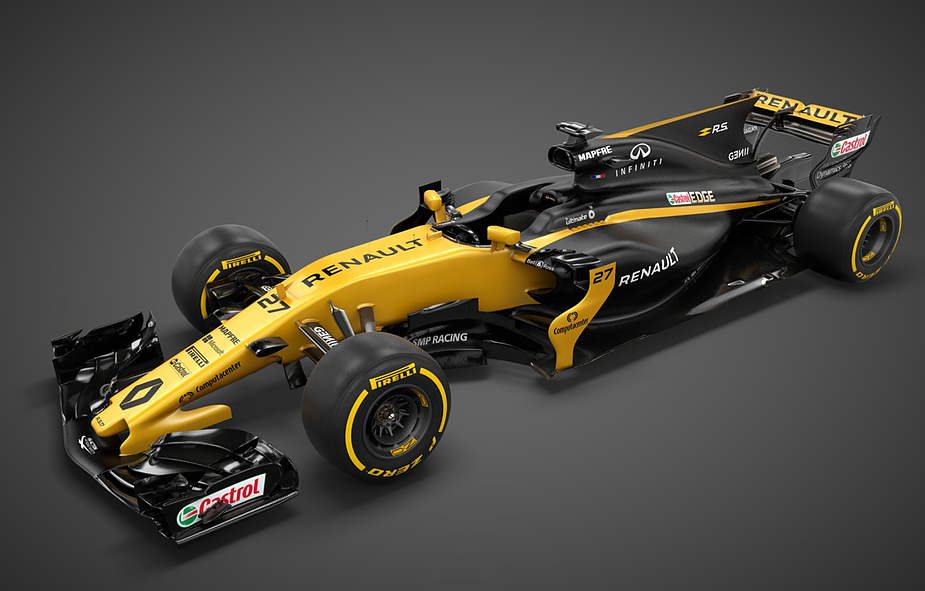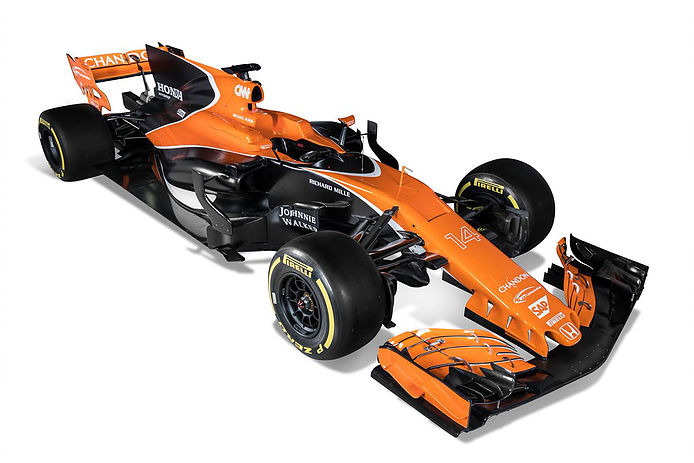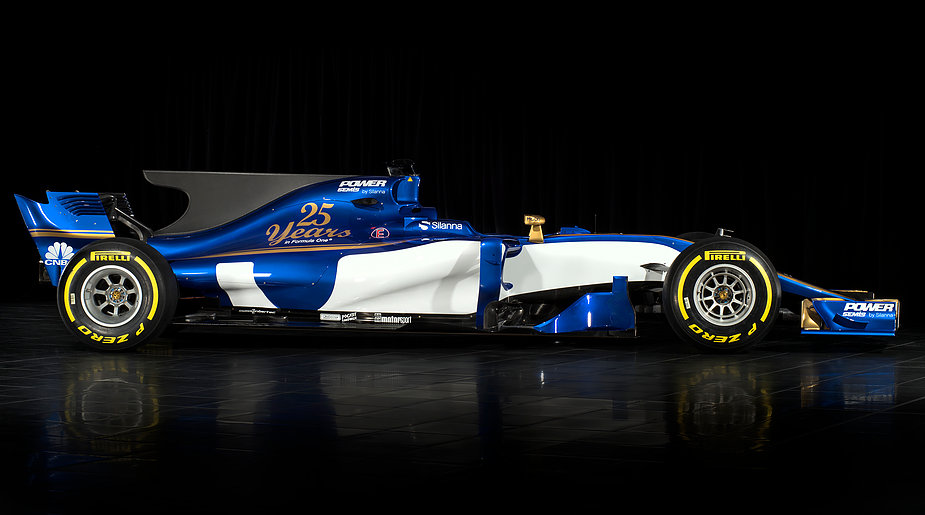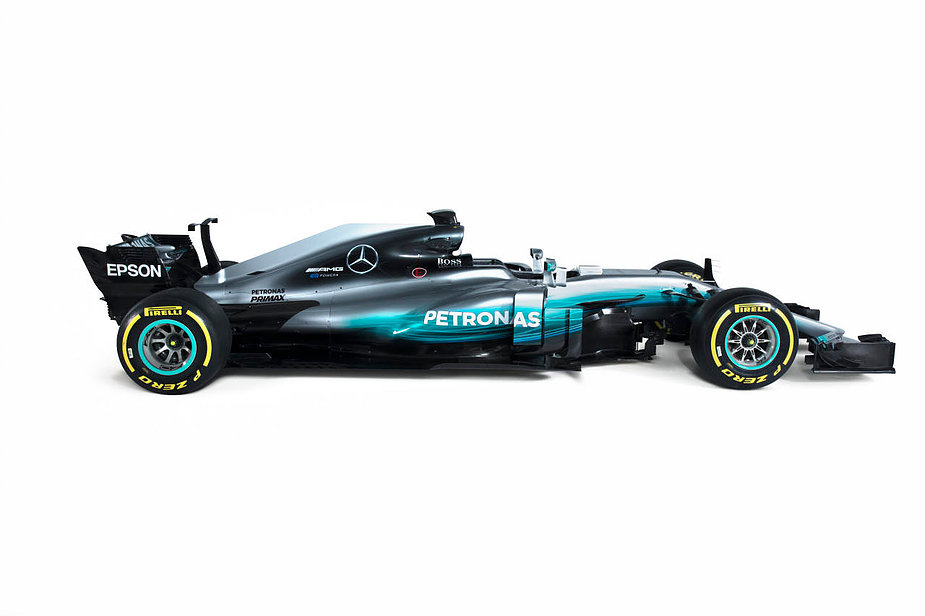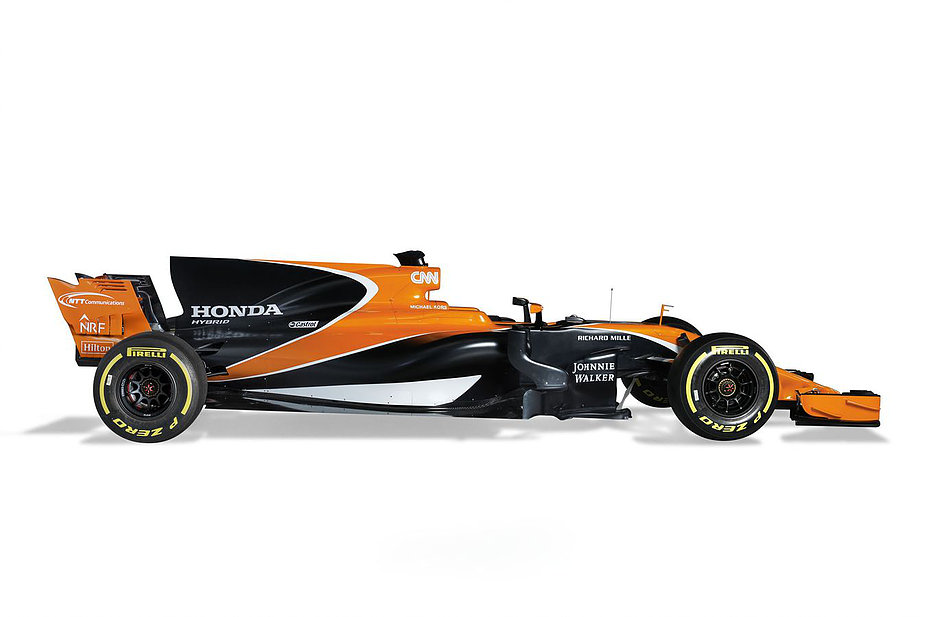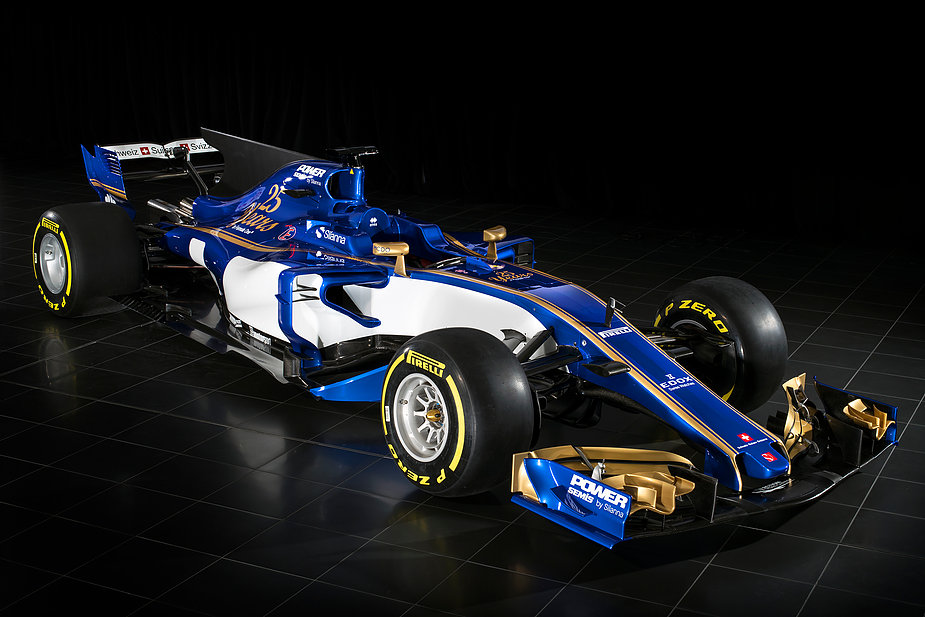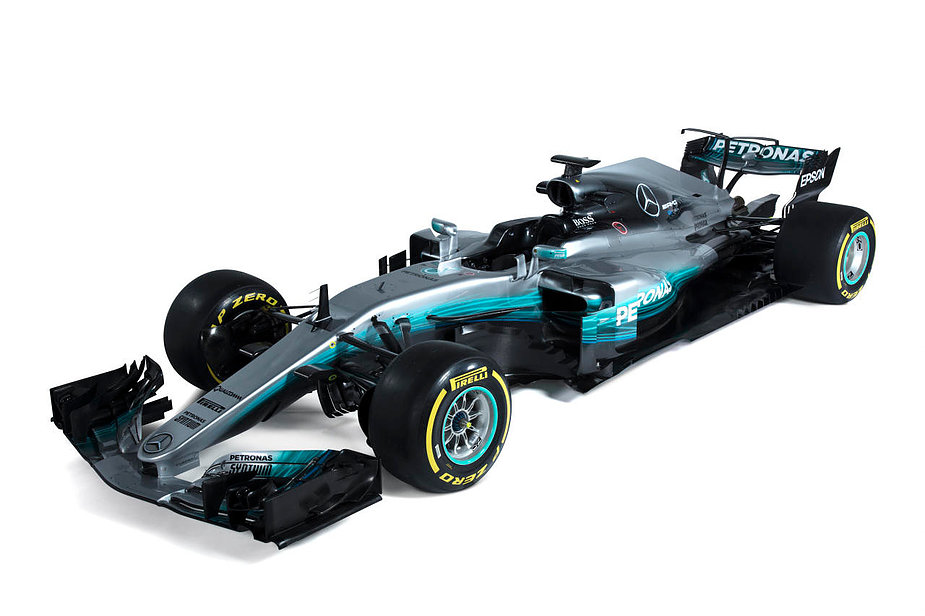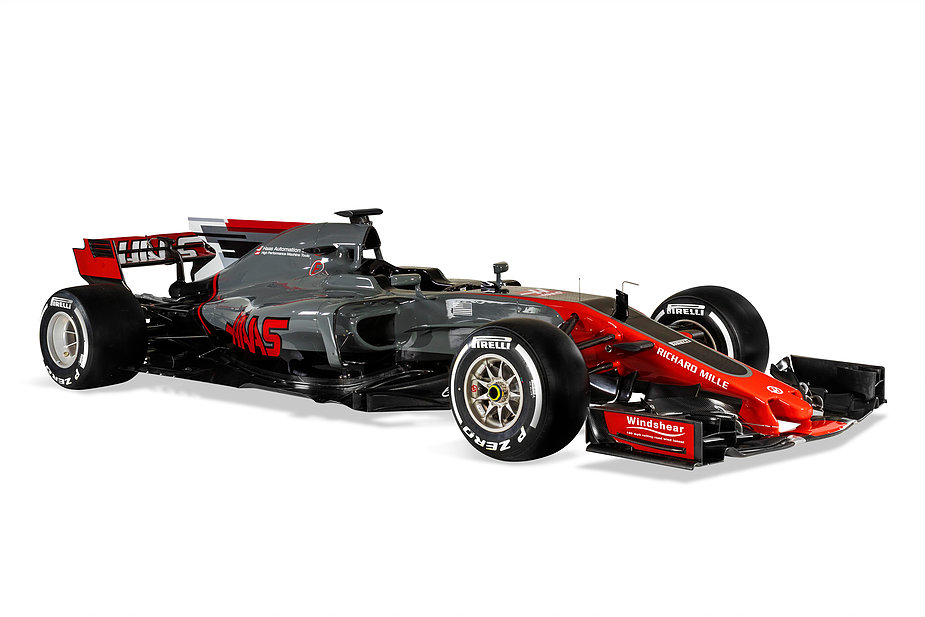
After a long winter break we finally have bike racing back on our screens, and the World Superbike boys certainly didn’t disappoint.
A rider and fan favourite, Phillip Island played host to the opening round of the season which looks like it will be one of the most competitive campaigns to date.
The rider who was always going to be the man to beat this year is Jonathan Rea, gunning for a hat trick of world championships on board his Kawasaki machine. The Ulsterman had the perfect weekend as he was able to covert his pole position into victory on Saturday, fending off team mate Tom Sykes, Ducati man Chaz Davies and potentially the most impressive man over the weekend, Alex Lowes.
Then on the Sunday he was able to withhold a challenge from the two Aruba.it Racing Ducati’s of Davies and Marco Melandri. A hugely impressive start to the season for the reigning champion, who looks like he will be taking his defence of the title right down to the wire.
Let’s hope that fellow Kawasaki rider Sykes can challenge his team mate for the crown. Sykes managed to stick with the leading group in race one, eventually taking the final spot on the podium, just over a second behind Rea and Davies.
Unfortunately for Sykes, the new grid rules for race two hindered his race on Sunday. This meant he was unable to stick with the likes of Rea and Davies as they expertly carved their way through the field. Sykes eventually had to settle for 6th place, leaving him 24 points behind championship leader Rea. Nevertheless, we can definitely expect to see the Englishman fighting for race wins throughout the season as he aims to get his second title under his belt.
Davies, who is expected to be Rea’s closest challenger, indicated that his Ducati team are going to be a huge thorn in the side of the Kawasakis this year. Two spirited rides from the Welshman earned him two 2nd places, ended both races less than half a tenth behind Rea. Those fine margins could be the slim difference as to which way the title will be decided this year and as Davies will agree, it’s about time his talent was rewarded with a world title.
It is great to see Melandri back on the World Superbike scene as Davies’ team mate. The hugely experienced Italian looks like he can spoil a Kawasaki party this year too, which is great news for us as fans and the Ducati team. Unable to finish race 1, Melandri was able to stick with Davies and Rea to take a very impressive podium on his return.
Another Ducati who might be able to cause a few upsets this year is the Spaniard Xavi Fores after he picked up a 6th place finish on Saturday, then took a 5th place finish on Sunday. Fores was only 2.3 seconds behind Rea; maybe the Barni Ducati rider can challenge for victories this year as he starts 2017 in fine form.
As previously mentioned, arguably the most impressive performance of the weekend came from Alex Lowes on board his Pata Yamaha. Thankfully, it seems like Lowes has found some serious pace on the Yamaha, which struggled throughout 2016. Two 4th place finishes proved Lowes means business this year, which consequently means there is another Brit fighting at the top end of the World Superbike grid. Let’s hope this wasn’t just a one off weekend for the Yamaha team, as Lowes and Van Der Mark will be looking to crash the Kawasaki and Ducati celebrations on more than one occasion this season.
The new Red Bull Honda Fireblades didn’t have the weekend they would have hoped for. The expectation for Nicky Hayden and Stefan Bradl probably wouldn’t have been very high, however an 11th place finish followed by a DNF for Hayden and two 15th place finishes for Bradl would have been worse than many would have foreseen. For sure the Honda’s will come good, but it is unsure as to when they can hope to fight for the top 6, let alone for podiums and victories.
The Milwaukee Aprilia RSV4’s will also be looking to improve after their Phillip Island displays. Both Eugene Laverty and Lorenzo Savadori will be expecting to fight for podiums and wins at some point this season. However, just like Honda, the question is when will they be able to do this? Both the Kawasaki and Ducati outfits look like the complete package this year, so will it be possible for Aprilia and Honda to burst their bubble by the end of the season?
Of course, we have Yamaha trying to sneak in their as well Lowes looks like the man who is the most likely to do that at this moment in time. Let’s not forget Leon Camier too, two solid top 10 finishes on ‘The Island’ for the MV Augusta rider consolidates him as another potential thorn to Ducati and Kawasaki.
The fact that there is so much to talk about after the opening round proves how exciting this season is going to be. There are so many talking points and so many possibilities that are too difficult to predict, so let’s hope for more of the same as the paddock heads to Thailand for the second round of the year, taking place on the 11th and 12th of March.
You can follow the Pit Crew on Twitter, @PitCrew_Online and also my own personal account, @journoyork
Eliott York @journoyork




